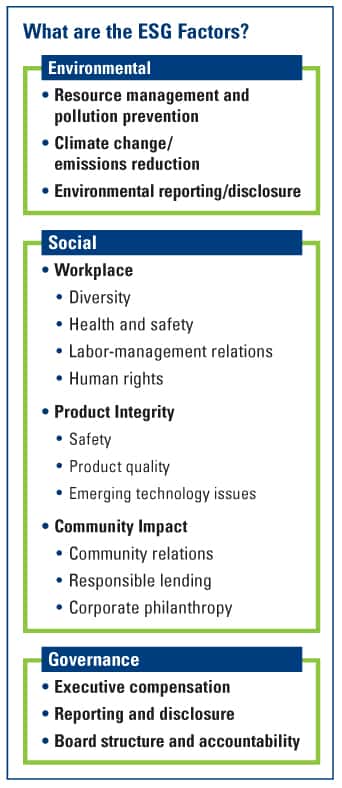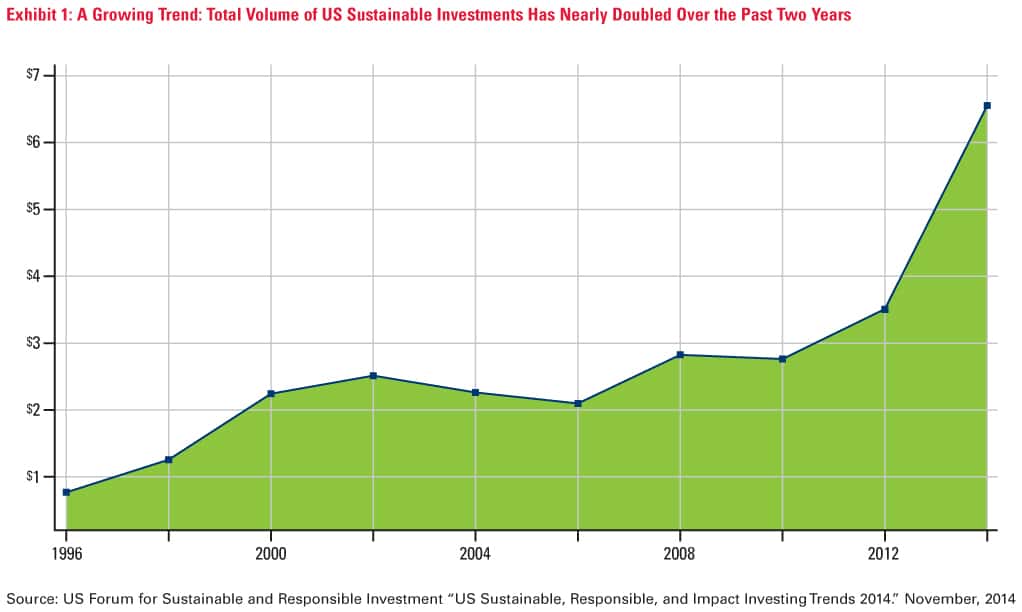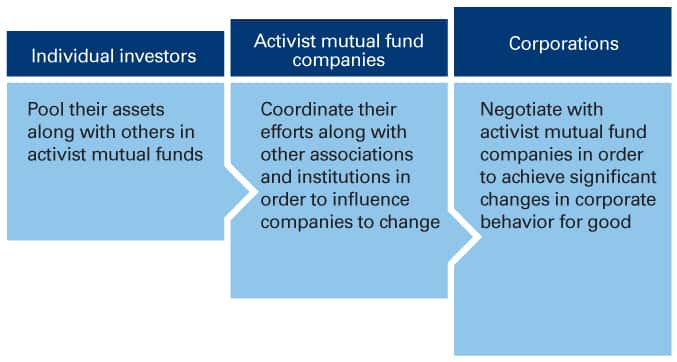Advertisement
What's Your Story? Strengthening Corporate Culture Through Your Defined Contribution Plan
What is your corporate culture? Many companies spend countless hours creating a mission statement and corporate vision in order to express who they are as a company. To employees, these usually end up being nothing more than catchy slogans and catch phrases that are used in boardrooms and marketing meetings. Your employee benefits package in general, and specifically your defined contribution plan (DC plan), often say much more than a vision statement. This is what you do, not what you say! You can use your DC plan to tell your story. With required restatement looming on the horizon for many DC plan sponsors, this is a wonderful opportunity to not just restate your plan, but to reimagine it.
The first statement that your DC plan should make is to let your employees know how you feel about them. By law, a DC plan is for the benefit of the employees. How well is your plan meeting your employees' needs by helping them reach retirement readiness? There are many new features available which may accomplish just that. Roth deferral options, auto enrollment, auto increase, safe harbor, and multiple strategies for making greater benefits available to the key employees are all designed to accomplish one goal - to help your employees become retirement ready. Making sure that the options that best meet the needs of the plan participants lets them know exactly how important they are to the company. It shows the employees that the company cares about their future financial well-being.
But, your DC plan could be saying so much more. Caring for your employees is an obvious part of your culture that you would want to highlight, but what else could your plan be saying about you? The investment options you elect to include in your DC plan reflect your corporate values as well as the values that matter to your employees. Providing investment options that allow plan participants to invest in causes that matter to them is a strong indicator of how much your employees matter to you.
This specific discussion will center on investments in the environmental, social, and corporate governance (ESG) sphere of investment options. In the past, there may have been good reason to avoid these investments as there were two great myths regarding ESG investing that we will address: (1) ESG investing must come at a cost; and (2) ESG investing doesn't really make a difference.

The Cost of ESG Investing
One of the great myths involving ESG investing is that since you are limiting the universe of potential investments, you must be limiting the potential return. Over the last several years, numerous studies have shown that this simply isn't the case. There is sufficient evidence now that points to the fact that there is no reason to expect diminished returns by choosing ESG investments.
A series of reports by the United Nations Economic Program Finance Initiative published in 2006 and 2007 concluded that environmental, social, and corporate governance issues affect long-term shareholder value positively. In fact, the United Nations Working Group concluded that in 17 of 20 cases studied, the effect of ESG factors on investment return was either positive or neutral. In the other 3 cases, the results were inconclusive or it was believed that management style was the cause of the underperformance.
A 2012 literature review by Deutsche Bank reviewed more than 160 studies with similar conclusions. The review found that every single study agreed that companies that engage in corporate social responsibility have a lower cost of capital in terms of debt and equity. The market recognizes that these companies are lower risk and rewards them accordingly. 89 percent of the studies reviewed showed that companies with high ratings for ESG factors had market-based outperformance and that 85 percent of them accounting-based outperformance.
The Deutsche Bank study examined why ESG companies tend to do better and it reached several conclusions. It found that companies with high ESG ratings:
- Have lower cost for capital;
- Have better labor relations and lower turnover costs and other indirect costs for human capital;
- Have less regulatory and litigation risk; and most importantly
- Are most likely to provide long-term shareholder value.
There certainly seems to be compelling evidence to indicate that investors need not worry about giving up potential performance in order to invest in an ESG manner. The evidence is not conclusive however, due in large part because even the definition of ESG investing is elusive.
Another important factor to consider is the prevalence of ESG investing. While not a direct indicator of performance, it certainly is an indicator of the amount of energy and excitement that is currently in the sector. According to the US Sustainable Responsible and Impact Investing Trends 2014 report published by the US SIF Foundation, as of December 2014, nearly 17 percent of all managed assets in the United States were invested using either ESG or socially responsible criteria. This is not a fad. The largest investors in ESG, sustainable, or socially responsible initiatives, are large public employee retirement plans, endowments, churches, and other institutions. Not only does this account for a large segment of managed assets, but the rate at which investors are investing in ESG or socially responsible investments is accelerating. According to a 2015 report by Morgan Stanley, assets invested in ESG investments totaled $6.57 trillion as of year-end 2014, up from $3.74 trillion in 2012. See Exhibit 1.
Morgan Stanley also conducted a survey on socially responsible impact investing and published its results in February 2015. Here are some of the key findings:
- 71 percent of individual investors are interested in sustainable investing.
- Millennials are 3 times more likely to seek employment with a company because of its stance on social and/or environmental issues.
- 40 percent of female investors - as opposed to 23 percent of male investors - seek to achieve a balance between rate of return and impact when making an investment

Does It Really Make a Difference?
The second big question regarding ESG investing deals with its efficacy as an agent of change. Do ESG investing strategies actually produce the results that investors are seeking? That answer is also elusive - or at least it was until recently. In order to understand the answer to this question, we need to first understand the evolution of ESG investing and the levels of investing currently available.
ESG 1.0
What we'll call ESG 1.0 is the traditional socially responsible investing strategy that has been employed for more than 200 years. This involves selecting investments that use negative screens to exclude certain types of companies and possibly positive screens that include others. Generally, the negative screens simply exclude alcohol, tobacco, and weapons manufacturers and other undesirable products from inclusion within the investment. Positive screens might invest in companies that produce alternative energy or are in some other way producing a product that is ESG oriented. While these investments offer the investor a feel-good investment, they are not impact investments - they simply don't do anything to encourage change in corporate behavior.
ESG 2.0
ESG 2.0 is investing at the capital creation phase. It involves direct investment in companies that are raising capital. This type of investing has a great deal of potential for impact, but is not accessible to the general public who don't have the means to participate in this phase of corporate development. We are seeing some investment opportunities starting to become available in mutual funds that would allow plan participants to be a part of this level of ESG investment, but this is still very limited.
ESG 3.0
This is where the excitement is. This is true impact investing. There are a growing number of activist mutual fund companies that offer funds that specifically target opportunities to influence corporate change. There are organizations that coordinate efforts with large institutions and these activist mutual fund companies in order to effect change. These mutual fund companies may very well be shareholders in companies that would not get past ESG 1.0 because of the negative screening, but are included in ESG 3.0 because there is a specific opportunity for change. The best way to illustrate what is going on in ESG 3.0 is to tell you a story.

Sustainable Palm Oil
I don't know how much you know about palm oil, but if you really want to learn more about it, a quick search on the Internet will give you about 13 million results. However, for the sake of brevity and the purposes of our discussion, here are the basics. Palm oil is a ubiquitous product. It is found in everything from packaged goods to biodiesel. Some estimates show palm oil as the largest type of oil and fat produced in the world, accounting for 30 percent of the global market. Palm oil is also a very controversial product. Its production has led to widespread deforestation and is produced in large part by exploited indigenous populations. It has led to the destruction of the habitat for many endangered species, including the Sumatran Tiger and the Orangutan.
In 2012, shareholder activist mutual fund companies began a concerted effort with regard to palm oil. Working together they began sponsoring shareholder resolutions that would require end-user companies to purchase sustainable palm oil. Many of the end-user companies negotiated with the mutual fund companies in order to reach a satisfactory agreement. Once an agreement was in place, the shareholder resolution would be withdrawn. Shareholder activist mutual fund companies were able to change corporate behavior. But the story doesn't end there.
As a result of negotiations with end-user companies, NGOs, and other organizations, in December 2013, the world's largest producer of palm-oil issued a press release announcing that it would no longer participate in deforestation activities, no longer develop on peatlands, and would no longer exploit indigenous populations. This was a huge announcement, but it only gets better from there.
Since that announcement in December 2013, many other large, international end-user companies have also made similar moves to source only sustainable palm oil. Most of these corporate decisions were partially, if not wholly, influenced by shareholder activism. As a result of this continual effort by shareholder activist mutual fund companies, in January 2015, a coalition of some of the world's largest palm oil producers signed a pledge to cut deforestation by 50 percent by 2020 and to end it completely by 2030!
This is a major announcement and a major impact. It is thanks to shareholder activism at work!
Reimagine Your Plan
What's the bottom line for you as a plan sponsor? Restatement is a requirement. You have to do it. If you have the opportunity to make the plan better, and to use it to show your employees that you care about them and their values, why not? Enhancing the structure of your DC plan may increase plan participation, and in the end help your employees prepare for retirement. Offering ESG, and especially ESG 3.0, investment options in your plan will provide opportunities for plan participants to make a difference in the world while at the same time making a difference in their own lives. This is your story. Now is the time to tell it.
